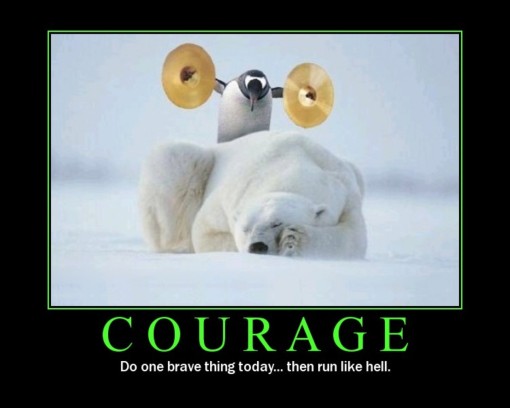I’ve just come out of the news:rewired conference about the future of journalism both buzzing and confused.
Why confused? Well, how many of these people in any way love what they do? From the tone and energy of most of the speakers you’d have thought the arctic chill had come early. Maybe they were going for ‘calm and authoritative’. It mostly came across as ‘bored to be here, bored to be talking about this and bored by you.’ Fair enough, if you’re trotting out generic stuff about two-way connections with readers. But some of the other stuff was actually quite interesting. It’s amazing how persistently unfashionable enthusiasm is in the UK.
Why buzzing? Well, partly thanks to Mary Beth Christie from FT.com who, on the topic of monetising online media, called for a ban on the term ‘paywall‘. Shopkeepers do not erect a paywall for us to buy milk. Bus drivers do not erect a paywall that we bang against before bleeping our Oysters. We pay for content, just like we pay for bread: we don’t demolish democracy to get there.
But mainly I’m buzzing thanks to freelance interactive producer Philip Trippenbach’s talk on stories vs interactivity. Stories have traditionally been the lifeblood of the media, but situations or issues that are complex, systemic, non personalised, and non localised are actually stifled by the distortion and personalisation of narrative – what they need is interactivity. Events need stories, systems need interactivity.

 From Trippenbach’s blog summary of his speech
From Trippenbach’s blog summary of his speech
Class is one of the most influential systems in the world, and Trippenbach is currently producing Britain’s Real Class System for the BBC. This will take the form a nationwide interactive survey that then becomes interactive visualisation, so viewers can mashup, personalise – yes, create stories – from the rich wealth of data. This is definitely a man who loves what he does, and does it well.
I’m a story fetishist, and this transformed the way I see stories, interactivity, and the media. Dude.
Read more


 As one who has read, dissected and written about many a study regarding social media, brands and consumers, I can tell you I for one was quite surprised to see read the findings of a survey recently conducted by
As one who has read, dissected and written about many a study regarding social media, brands and consumers, I can tell you I for one was quite surprised to see read the findings of a survey recently conducted by 
 For example,
For example,  Courage. Now, there’s a word not often used in marketing – though often used in business. We call leaders courageous when they make unpopular decisions, usually internally, that change process significantly enough to create a turnaround. Perhaps to drive costs down, perhaps to drive morale up – but always to make a significant change. In marketing, in my humble opinion, courage is the ability to very clearly identify, select and stick with a target audience.
Courage. Now, there’s a word not often used in marketing – though often used in business. We call leaders courageous when they make unpopular decisions, usually internally, that change process significantly enough to create a turnaround. Perhaps to drive costs down, perhaps to drive morale up – but always to make a significant change. In marketing, in my humble opinion, courage is the ability to very clearly identify, select and stick with a target audience.
